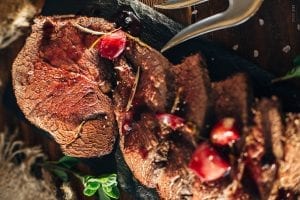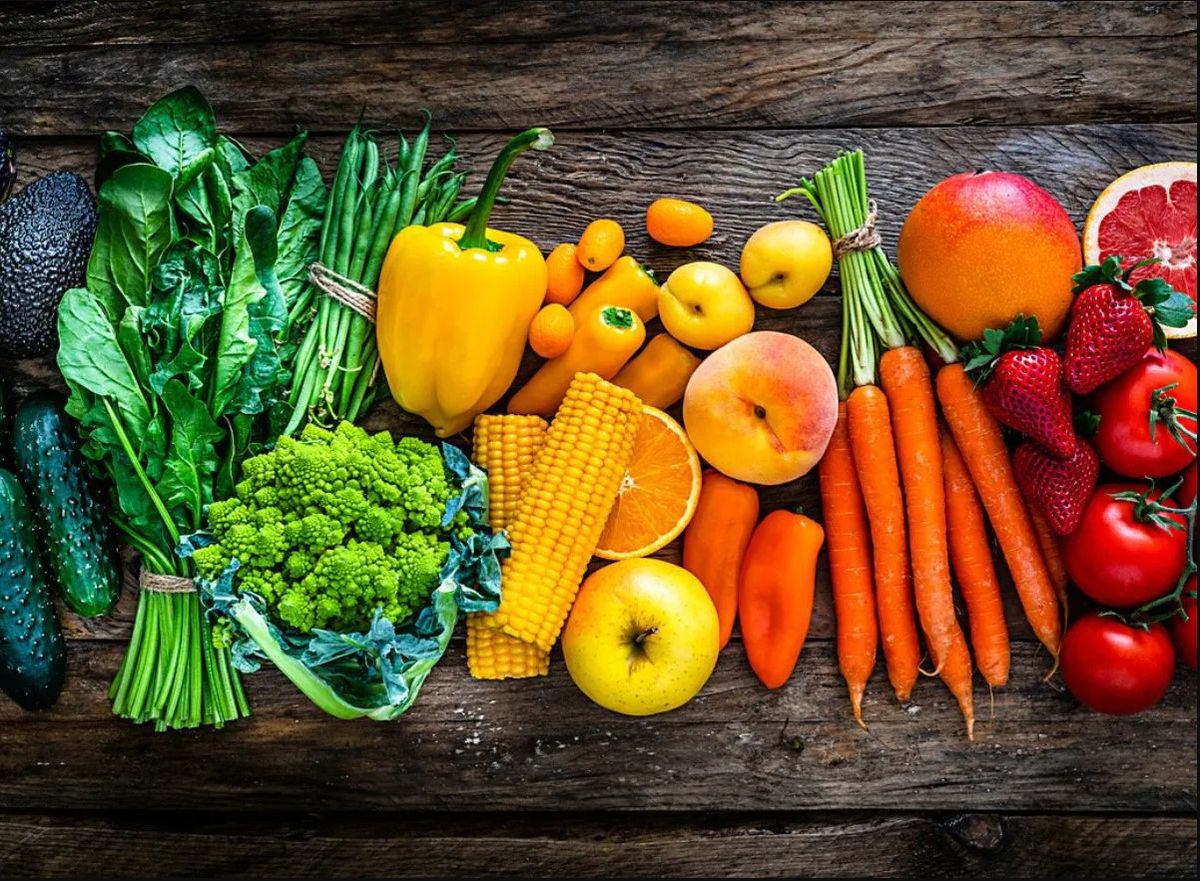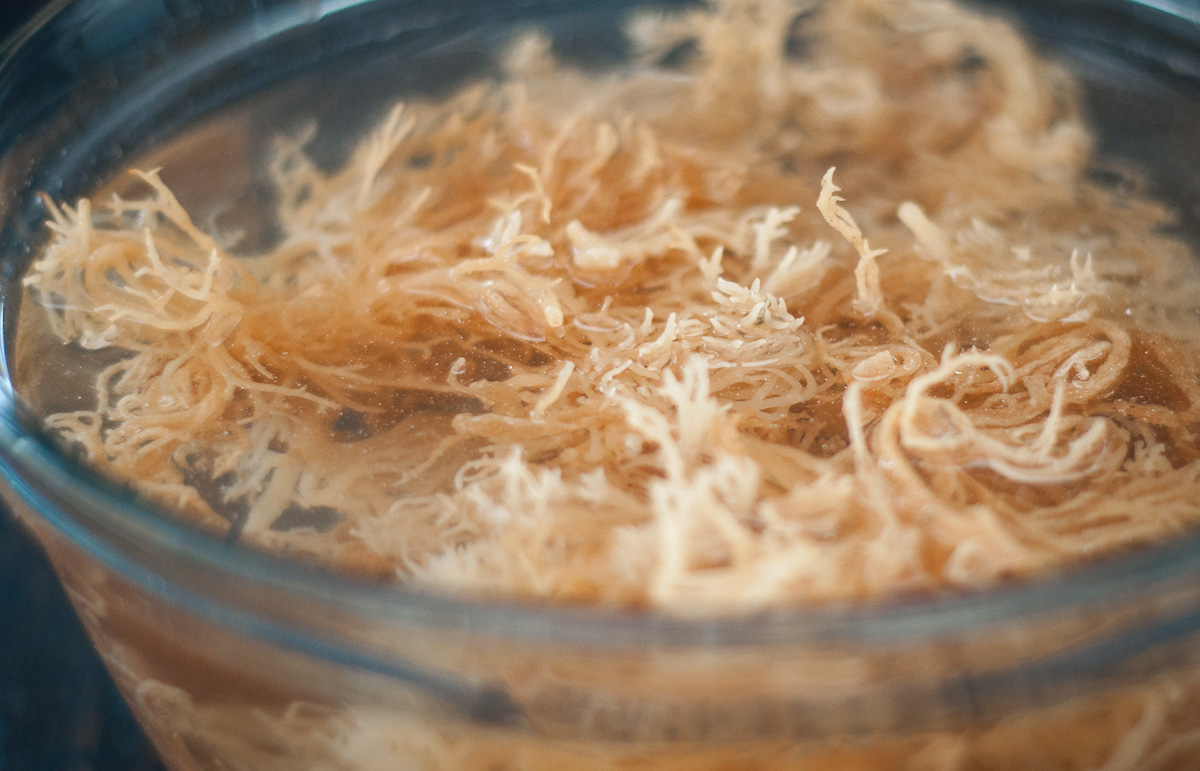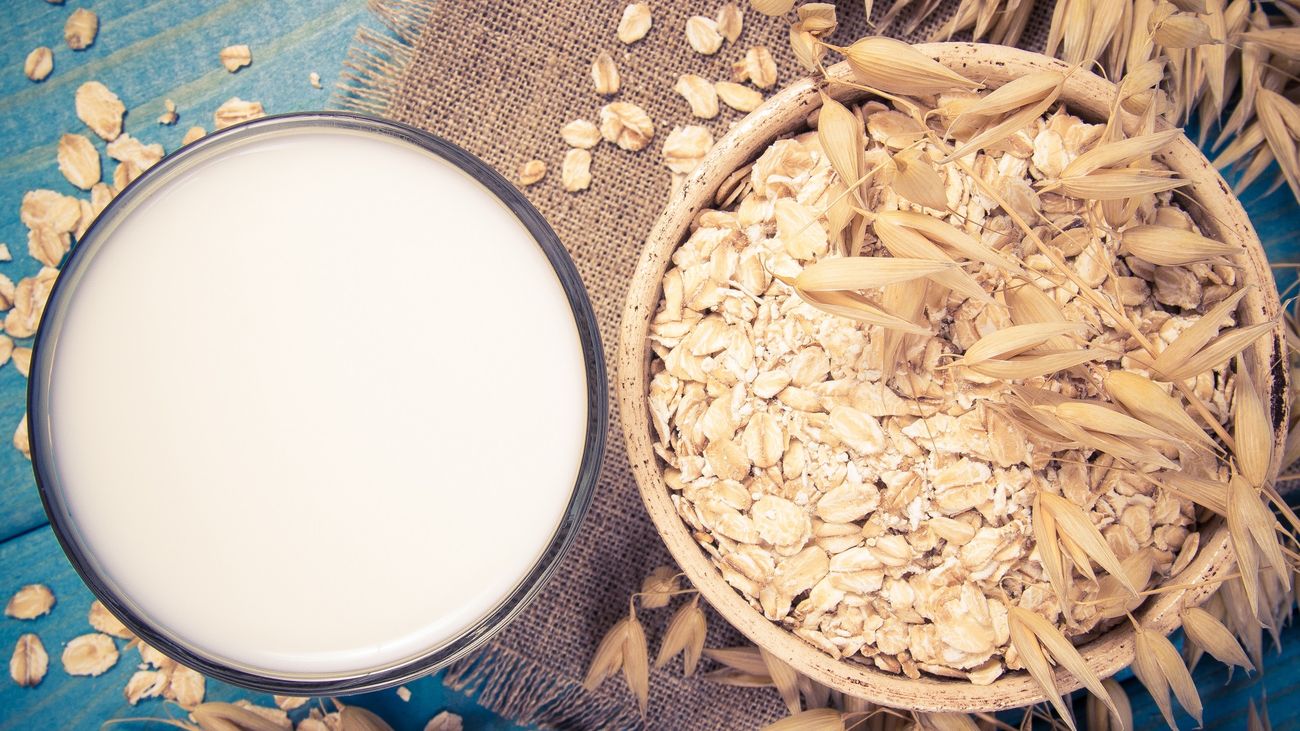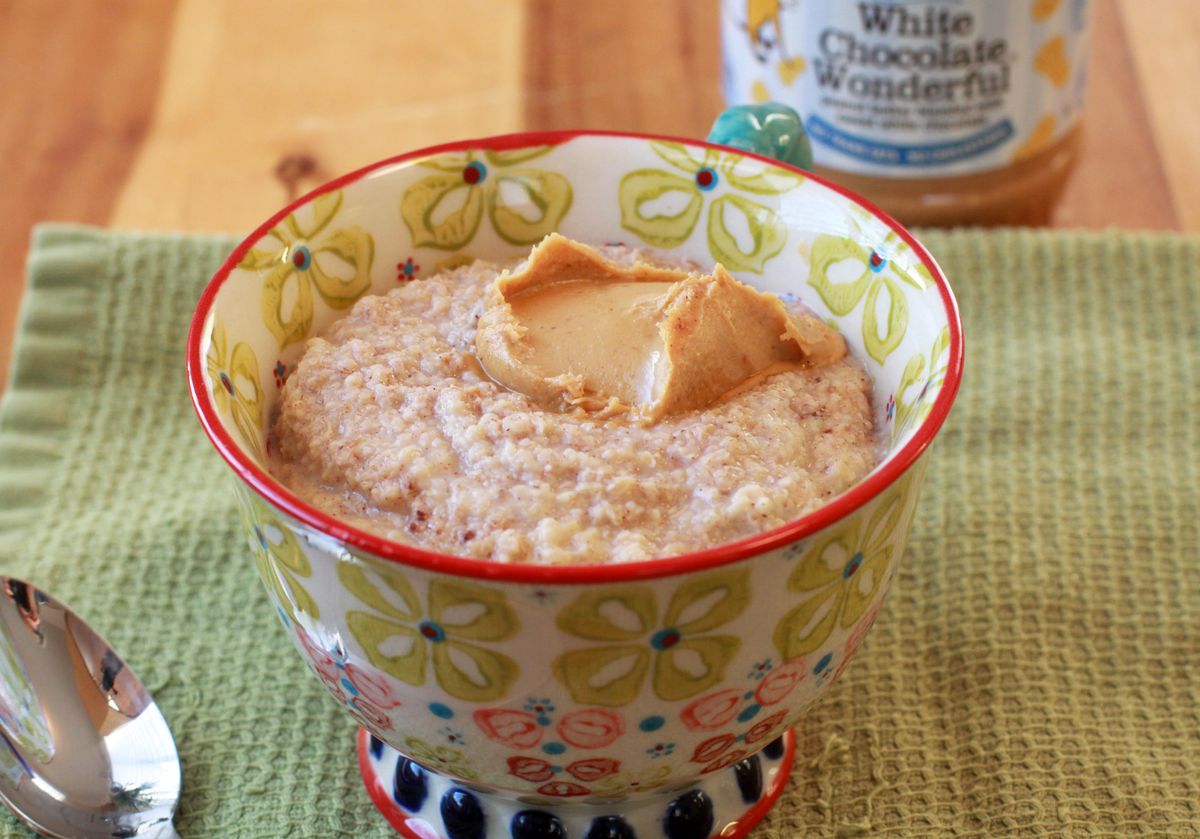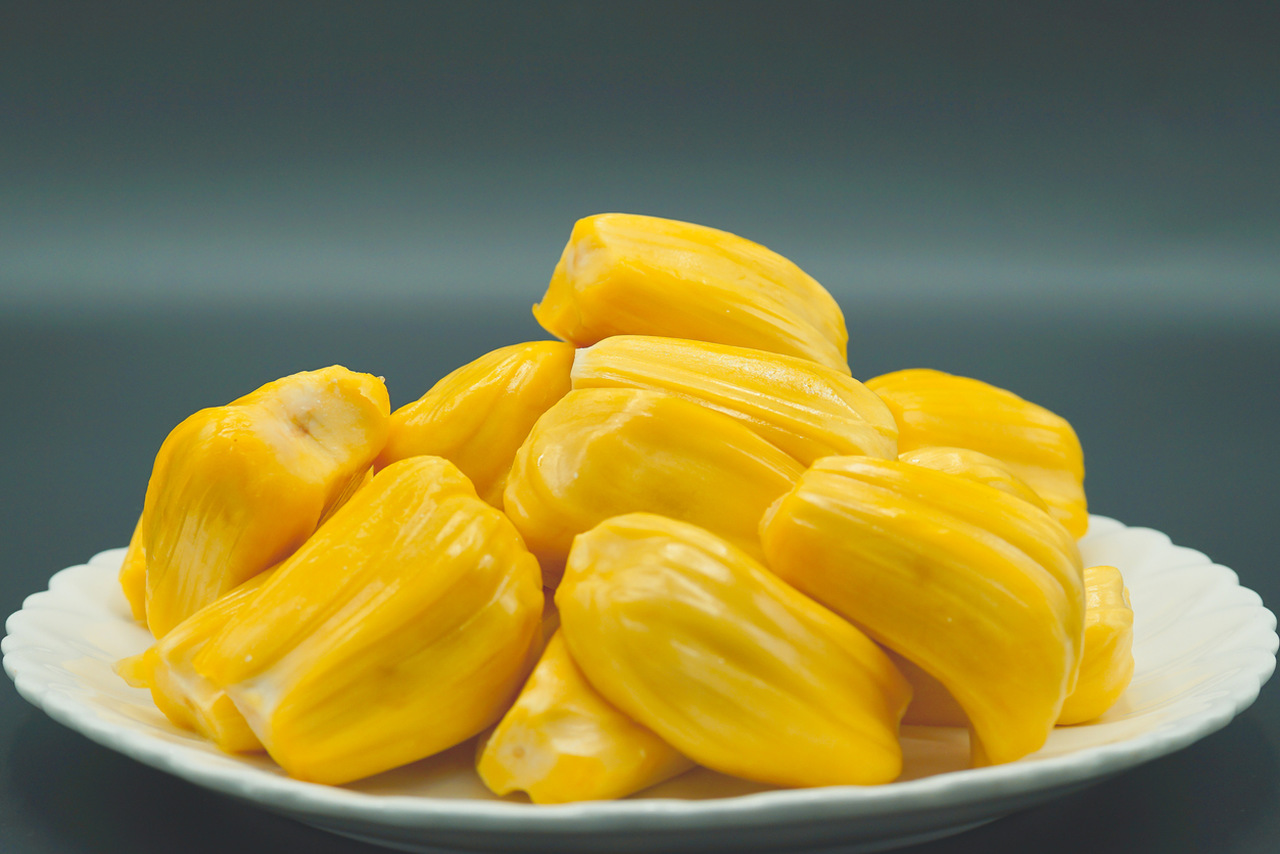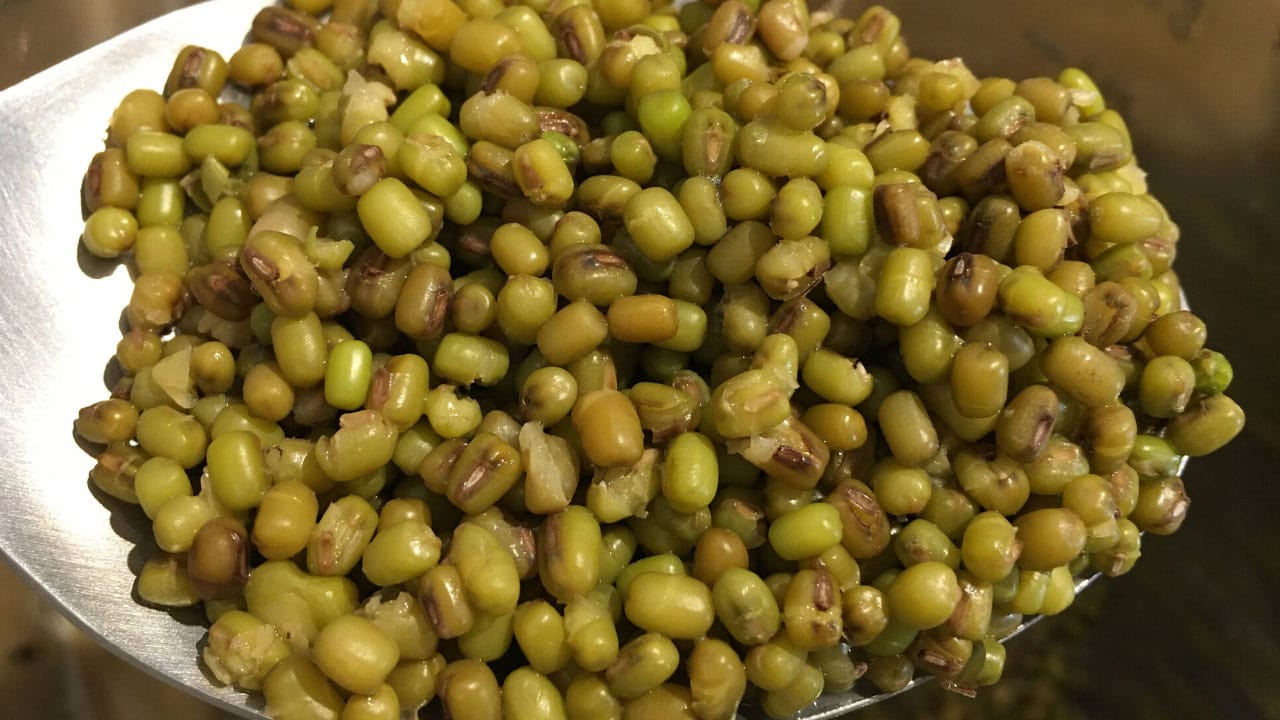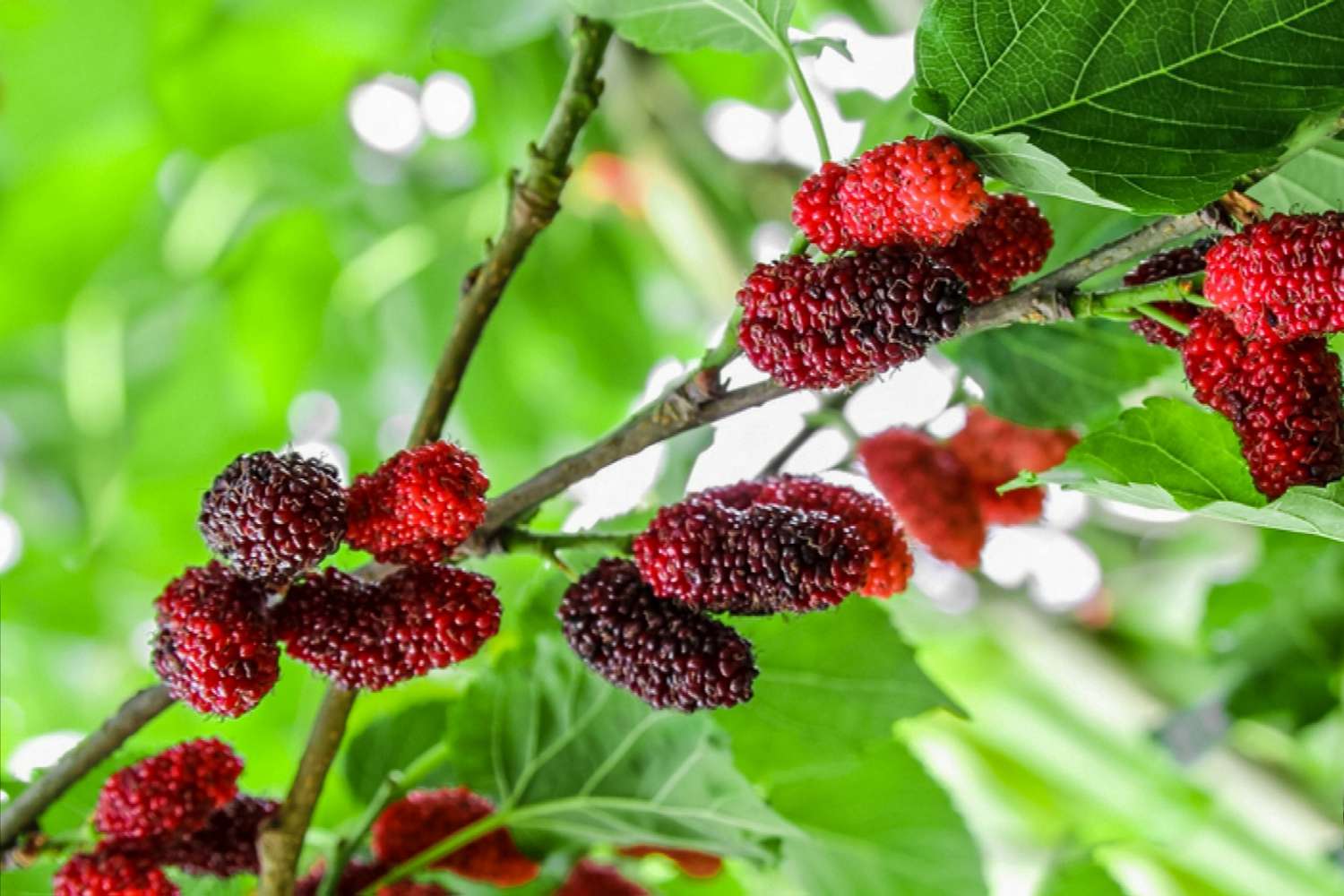How to Embrace a Raw Omnivorous Diet
Are you looking to explore a new way of eating that incorporates a variety of raw foods? A raw omnivorous diet may be just what you’re looking for. This approach to eating focuses on consuming raw foods from both plant and animal sources, providing a wide range of nutrients and health benefits. If you’re interested in adopting this lifestyle, here are some tips to help you get started.
Include a Variety of Raw Fruits and Vegetables
One of the key principles of a raw omnivorous diet is to incorporate a diverse array of raw fruits and vegetables into your meals. These foods are rich in vitamins, minerals, and antioxidants that can support overall health and well-being. Consider including a mix of:
- Leafy greens such as spinach, kale, and Swiss chard
- Colorful fruits like berries, oranges, and mangoes
- Cruciferous vegetables including broccoli, cauliflower, and Brussels sprouts
- Root vegetables like carrots, beets, and sweet potatoes
Source High-Quality Raw Animal Products
In addition to plant-based foods, a raw omnivorous diet also includes raw animal products. When selecting these items, it’s important to prioritize quality and safety. Look for:
- Grass-fed and pasture-raised meats
- Wild-caught fish and seafood
- Organic, free-range eggs
- Raw dairy products from reputable sources
By choosing high-quality animal products, you can ensure that you’re getting the most nutritional value from these foods while minimizing potential health risks.
Embrace Raw Food Preparation Techniques
When following a raw omnivorous diet, it’s essential to explore various raw food preparation techniques to add variety and flavor to your meals. Some popular methods include:
- Marinating meats and vegetables in citrus juices or vinegar
- Creating raw vegetable “noodles” using a spiralizer
- Preparing raw soups and gazpachos in a blender
- Making nutrient-dense smoothies with raw fruits and leafy greens
Experimenting with these techniques can help you discover new and exciting ways to enjoy raw foods while maximizing their nutritional benefits.
Focus on Food Safety and Hygiene
Since a raw omnivorous diet involves consuming uncooked foods, it’s crucial to prioritize food safety and hygiene to prevent foodborne illnesses. Here are some essential tips to keep in mind:
- Thoroughly wash all fruits and vegetables before consuming them
- Handle raw animal products with care to avoid cross-contamination
- Store perishable raw foods at safe temperatures to prevent spoilage
- Be mindful of expiration dates and food handling guidelines
By following these practices, you can enjoy the benefits of a raw omnivorous diet while minimizing the risk of food-related health issues.
Consult with a Nutrition Professional
Before making any significant changes to your diet, it’s always a good idea to consult with a qualified nutrition professional. They can offer personalized guidance and support to help you transition to a raw omnivorous diet in a safe and sustainable way. Additionally, they can address any specific dietary concerns or health considerations you may have, ensuring that you’re meeting your nutritional needs.
Embracing a raw omnivorous diet can be an exciting and rewarding journey, providing you with a wealth of nutrients and culinary experiences. By incorporating a diverse range of raw fruits, vegetables, and high-quality animal products, and prioritizing food safety and hygiene, you can enjoy the many benefits this unique way of eating has to offer.
Remember, it’s essential to approach any dietary changes with mindfulness and respect for your body’s individual needs. With the right knowledge and support, you can thrive on a raw omnivorous diet and savor all the natural goodness it has to offer.
